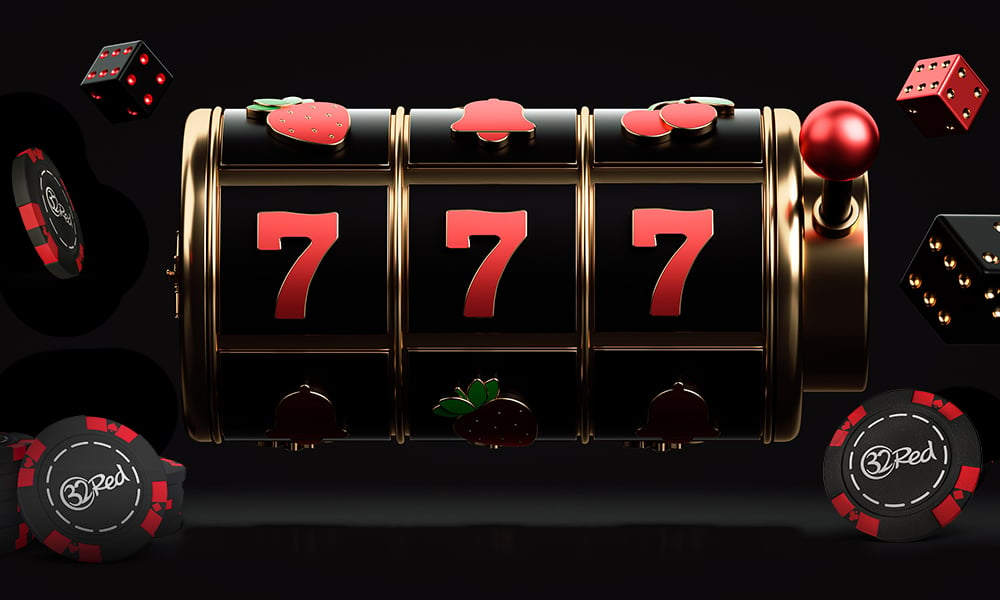Payline clusters in multi-grid online slot games represent winning formations where groups of matching symbols connect adjacently rather than aligning across traditional linear paylines. These alternative victory systems replace conventional payline mechanics with spatial grouping requirements where symbols touching vertically or horizontally anywhere on expanded grids create valid winning combinations. Knowing cluster mechanics helps players navigate these innovative formats. Examining various cluster implementations, including games wayang88 cluster pay systems, demonstrates how adjacent connection rules, visual payout displays, minimum cluster sizes, cascading removal sequences, and grid expansion dynamics create frameworks distinguishing cluster mechanics from traditional payline structures.
Visual payout displays
Cluster win presentations employ highlighting effects, emphasising connected symbol groups through colour changes, pulsing animations, or outline borders, distinguishing winning formations from surrounding non-winning symbols. The visual clarity helps players immediately recognise which specific symbol groups triggered payouts without manually tracing connections across complex grids, potentially containing multiple overlapping or adjacent clusters. The animation sequences often show clusters lighting up sequentially when multiple groups win simultaneously, providing clear, separate identification of each contributing formation rather than overwhelming simultaneous displays that might create confusion about individual cluster contributions to total wins.
The payout calculation displays show values assigned to specific cluster sizes as larger groups yield progressively higher rewards, creating exponential value growth rather than linear scaling, encouraging the pursuit of extensive connected formations. The cascading previews in games featuring removal mechanics show upcoming symbol drops before they occur, giving players anticipatory glimpses of potential secondary clusters forming from incoming symbols. The win summary screens after complex multi-cluster wins provide detailed breakdowns listing each contributing cluster with its size and individual payout, helping players understand total win composition from multiple simultaneous formations.
Minimum cluster sizes
Qualification thresholds establish how many connected matching symbols must form groups before clusters qualify for payouts, with common minimums ranging from four to six symbols, depending on game design and symbol value tiers. The size requirements create strategic interest as players need to accumulate sufficient matching symbols in concentrated areas rather than scattered placements, creating natural drama around whether additional matching symbols will land adjacent to existing partial formations, completing minimum cluster requirements. The threshold variations often differ between symbol types, as premium high-value symbols might require smaller minimum clusters, while standard symbols need larger groups, acknowledging their different relative values.
- Four-symbol minimum clusters representing common entry thresholds
- Five-symbol requirements creating moderate qualification standards
- Six-symbol minimums establishing stricter formation demands
- Progressive size requirements scaling with symbol value tiers
- Variable thresholds across different grid sections or game phases
Payline clusters in multi-grid online slot games involve adjacent connection rules requiring edge-sharing formations, visual payout displays highlighting winning groups, minimum cluster sizes establishing qualification thresholds, cascading removal sequences enabling consecutive wins, and grid expansion dynamics creating variable play areas. These interconnected mechanics distinguish cluster systems from traditional paylines through spatial winning requirements rather than linear alignments, creating fundamentally different strategic considerations and gameplay experiences. Understanding cluster mechanics helps players adapt to these alternative systems, recognising that success depends on concentrated matching symbol accumulations, creating connected groups within expanded grid formats, offering innovative victory conditions, and departing from conventional payline structures through their distinctive spatial clustering requirements.

